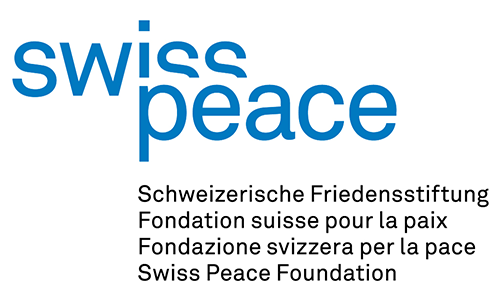Dealing with the Past Advanced Course
Finding a way to deal with a violent past, such as armed conflict, an authoritarian regime or occupation, as well as the legacy of a colonial rule, is argued to be the basis for lasting peace, democracy and rule of law. International norms and legal frameworks support national and local actors involved in dealing with the past processes (also called transitional justice) in the design of mechanisms and institutions, such as truth commissions, tribunals, or memorialization efforts.
acquire a thorough understanding of the conceptual framework of dealing with the past, and its four main pillars of the right to know, the right to justice, the right to reparations, and the guarantees of non-recurrence;
learn about transformative approaches to dealing with the past;
discuss the particular challenges and needs when dealing with the search for disappeared and missing persons;
reflect on the role of family, victims’ and survivors’ associations and the importance of psychosocial support;
explore “new” topics, such as Dealing with the Past in contexts with colonial legacy, as well as the fight against corruption and asset recovery in Dealing with the Past processes;
apply your learnings in an interactive role play, and apply the main concepts and approaches to your “own” context;
exchange experiences and become part of a community of practice.
This course is designed for:
professionals interested or engaged in dealing with the past processes and conflict transformation
practitioners and academics interested in complementing their own experiences with current conceptual insights and practical knowledge
If you are unsure, do not hesitate to contact us for personal advice.
Ort
Bitte klicken Sie auf den Button, um sich für diesen Kurs zu bewerben. Jetzt bewerben
| Themen | |
| Sprachen | English |
| Bewertung | Successful participants are awarded a Certificate of Attendance. |
| Zielgruppe | |
| Methoden | |
| Akkreditierung | |
| Zertifikat |
Wenn Sie Fragen zu diesem Kurs haben, wenden Sie sich bitte an uns.
Bitte klicken Sie auf den Button, um die Nachricht zu übermitteln. Kontakt aufnehmen

